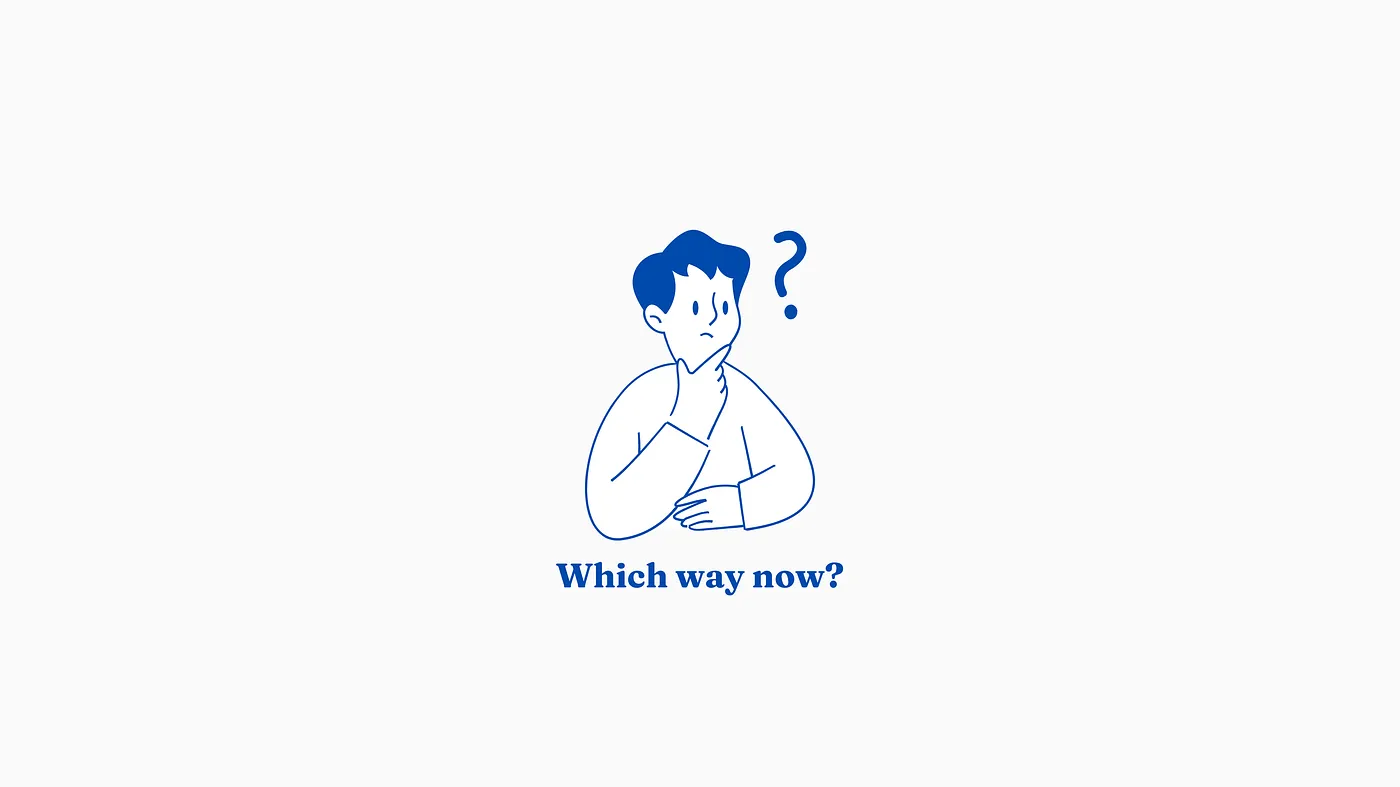Design Job Titles Are Changing | 매거진에 참여하세요
Design Job Titles Are Changing
#DesignRole #Product #Designer #AIUX #Interactio #Ttitles #Strategy #Career
In the design world, a job title isn’t just a label—it’s a reflection of evolving responsibilities, industry expectations, and broader cultural shifts.
Over the past few years, many designers have begun questioning whether their titles truly reflect the scope of their work.
Is “Graphic Designer” still an accurate term for someone crafting immersive multimedia experiences?
Can “UI/UX Designer” fully capture the strategic planning involved in shaping a product’s lifecycle?
And why does it feel like everyone is suddenly a “Product Designer”?
Let’s unpack what these shifting titles really mean—and why they matter more than ever.

Titles Evolve as Roles Expand
Design job titles are fluid. As new tools and workflows emerge, so do new roles—and with them, new names.
There was a time when “Graphic Designer” or “Web Designer” dominated job boards. Today, those roles have evolved into broader, more interdisciplinary titles like “Product Designer,” “Interaction Designer,” or even “AI Designer.”
Here are some of the most notable shifts happening now:
Key Title Transformations
1. Graphic Designer → Visual / Communication Designer
Traditionally, graphic designers focused on print, editorial, or branding work. But today’s designers often span multiple media—motion graphics, brand systems, and digital assets alike.
Thus, broader titles like Visual Designer or Communication Designer better reflect the full scope of their work across platforms.
2. UI/UX Designer → Product / Experience Designer
UI/UX designers are no longer just wireframing interfaces—they’re involved in ideation, user research, and end-to-end product strategy. That’s why many now go by Product Designer or Experience Designer, signaling their deeper involvement in shaping the product, not just its surface.
3. Web Designer → Digital / Interaction Designer
As design extends beyond websites into mobile apps, AR/VR, and platforms, the title “Web Designer” feels limiting. Today’s professionals often opt for Digital Designer or Interaction Designer, emphasizing their role in the broader digital ecosystem.
4. Emerging Roles: AI Designer & Sustainability Designer
We’re also seeing the rise of entirely new titles—ones that didn’t exist a few years ago.
AI Designer: Designers who integrate machine learning into design workflows or craft AI-driven user experiences.
Sustainability Designer: Those focused on ethical, sustainable, and planet-conscious design solutions.
These roles reflect how new technologies and values are reshaping what it means to be a designer.
Why Are These Changes Happening?
This title evolution isn’t accidental—it mirrors shifts in how we think about design.
1. Blurred Boundaries
Today’s designers often wear multiple hats. A UI designer might conduct user research, contribute to product roadmaps, and even dabble in frontend code.
More inclusive titles like “Product Designer” acknowledge this broader ownership.
2. Cross-Disciplinary Collaboration
Design is no longer siloed. It intersects with product management, development, marketing, and data science. New titles reflect this integrative, cross-functional nature of modern design work.
3. Perception & Career Growth
Let’s be honest—titles can affect how designers are perceived. “Product Designer” may sound more strategic or senior than “UX Designer,” and that can influence hiring, pay, and internal recognition.
4. Technology is Changing the Game
From AI to AR, new technologies are redefining what designers can do—and what they’re expected to do. A title like “AI Designer” signals new frontiers of creativity and technical fluency.
Do Designers Actually Like These New Titles?
Reactions are mixed.
Some see updated titles as empowering—a better reflection of their expanding skills and responsibilities.
Others feel it’s more marketing than substance.
✅ Pros:
Clarity: Titles like “Service Designer” or “Communication Designer” help teams understand roles at a glance.
Career Advancement: Strategic-sounding titles can open doors to broader leadership roles.
Better Collaboration: Clearer job definitions help non-design stakeholders work more effectively with design teams.
⚠️ Cons:
Confusion: Not everyone agrees on what each title means. Is a “Product Designer” more visual or more strategic? It depends.
Exclusion: In smaller teams or niche roles, these broad titles might downplay someone’s specialized expertise.
Buzzword Fatigue: If the title changes but the work doesn’t, some designers feel it’s just a trend, not true progress.
Entry-Level Pressure: For newcomers, “Product Designer” might imply skills across too many domains, raising the barrier to entry.
The Real Question: What Impact Are You Making?
Ultimately, a title is just a reflection—not the destination. Whether you call yourself a “Graphic Designer,” “AI Designer,” or something in between, what really matters is:
Are you solving meaningful problems?
Are you driving value for users and your team?
Are you growing in your craft?
A great title aligns with your actual role, your aspirations, and the needs of your organization.
When those three things sync up, you’ve found the right label—whatever it may be.






